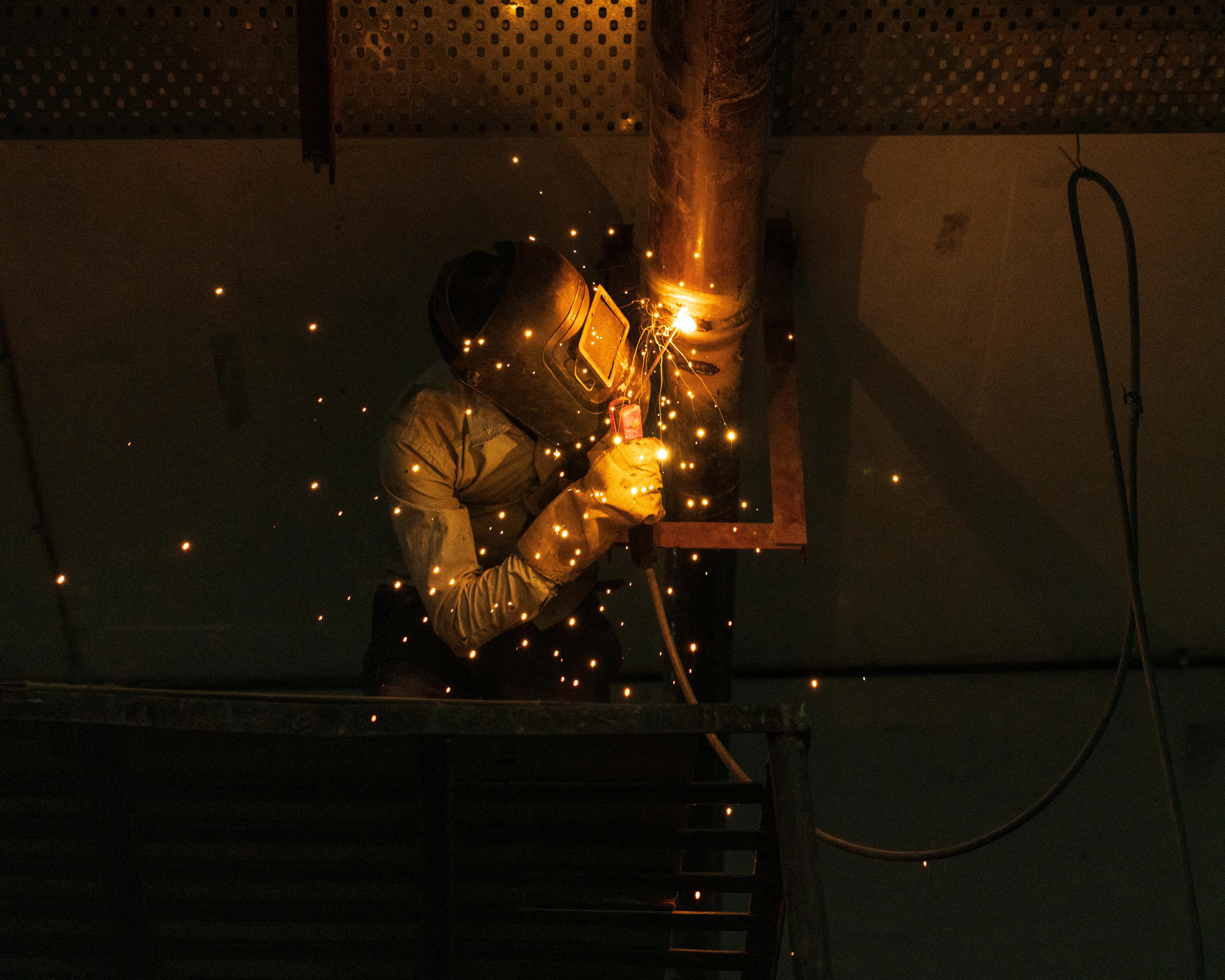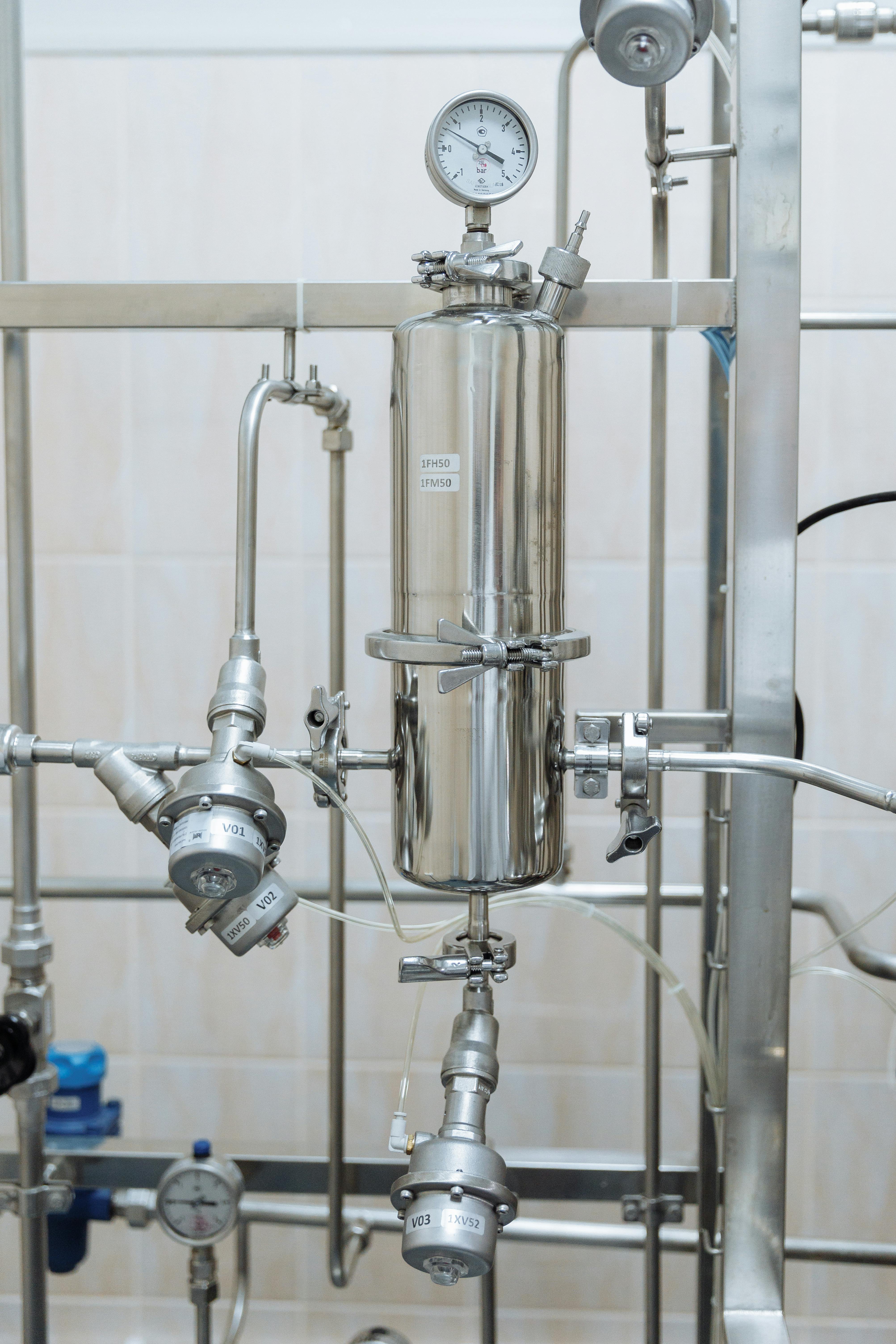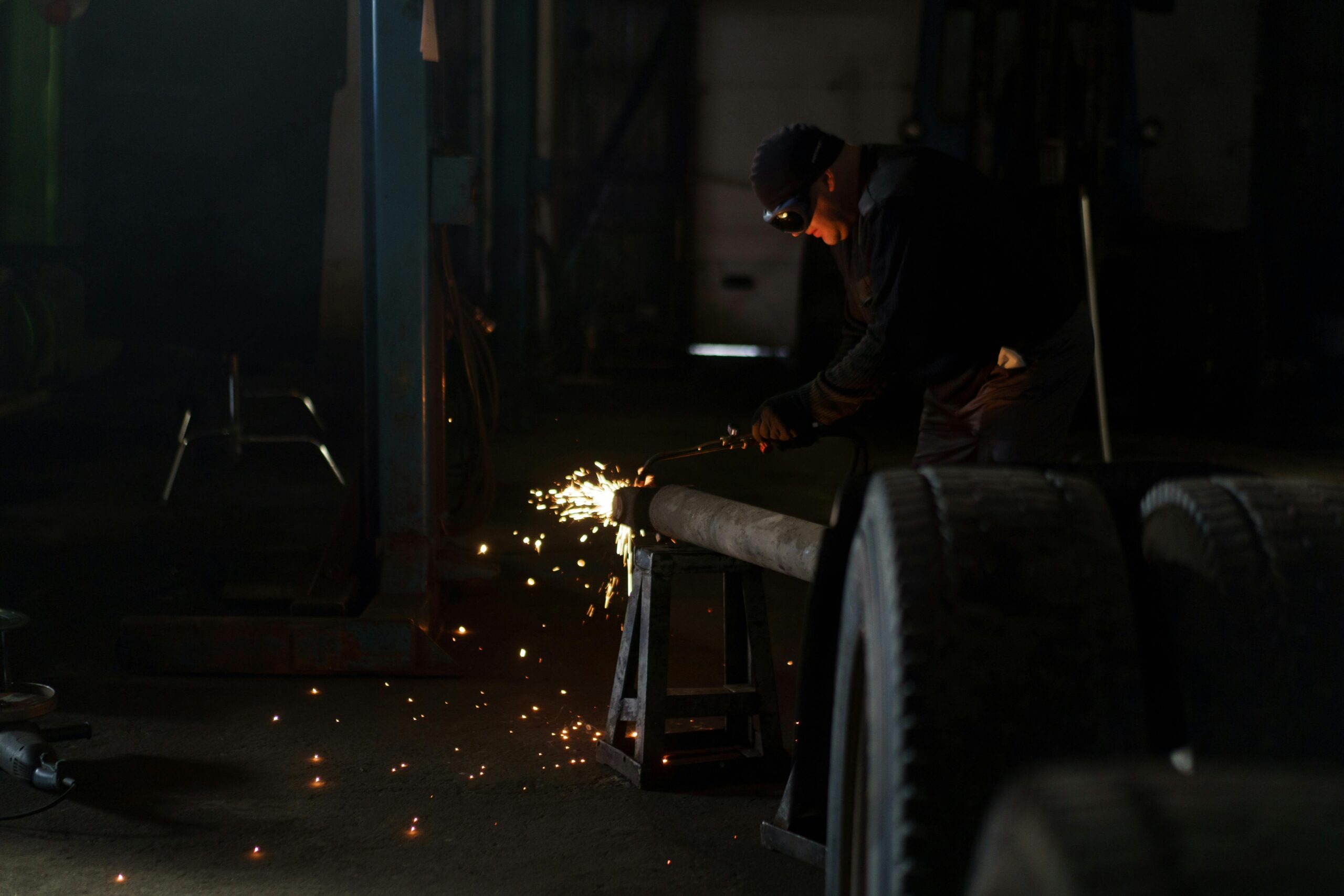Everything You Need to Know About Fusion Weld Pipe Fittings
Fusion weld pipe fittings are a cornerstone of modern piping systems. As industries demand more reliable and efficient pipeline connections, understanding how fusion welding enhances durability and flow efficiency is crucial. This article explores the complete landscape of fusion weld pipe fittings, from their fundamentals to advanced applications, empowering readers with practical insights.

Understanding the Fundamentals
Fusion weld pipe fittings are specialized components designed to connect segments of pipe using heat fusion rather than mechanical joints. This method forms a monolithic, leak-proof system, commonly used in industries such as water treatment, gas distribution, and chemical processing.
Historically, fusion techniques gained popularity alongside the growth of thermoplastic materials. Polyethylene (PE) and polypropylene (PP) became standard due to their high flexibility, chemical resistance, and adaptability. These materials and techniques revolutionized how modern infrastructure is designed and maintained.
1.1 What is Fusion Welding?
Fusion welding refers to joining two thermoplastic surfaces by heating them until they melt and pressing them together to form a seamless bond. This process eliminates the need for adhesives, threads, or additional mechanical parts. According to recent industry data, over 70% of new industrial piping systems rely on some form of fusion welding.
Real-world examples include municipal water supply systems and high-pressure gas lines, where leak prevention is vital. A common misconception is that fusion welds are more prone to failure than mechanical joints—however, the opposite is true when properly executed.
1.2 Fusion vs. Other Pipe Joining Techniques
Compared to flanged, threaded, or glued joints, fusion welding offers distinct advantages: higher pressure tolerance, resistance to environmental factors, and reduced maintenance. What sets it apart is its ability to integrate seamlessly into automated systems and large-scale infrastructures.
For instance, in chemical plants where exposure to aggressive substances is common, fusion weld pipe fittings outperform mechanical options due to their inert, durable seals.
Practical Implementation Guide
Applying fusion weld techniques requires a blend of precision and the right equipment. Understanding the setup process, environmental considerations, and timing can lead to consistently high-quality results that meet industry standards.

2.1 Actionable Steps
- Preparation: Ensure pipe ends are clean, cut squarely, and free from contaminants. Use certified pipe cutters and cleaning tools.
- Heating: Use a butt fusion machine or electrofusion device to uniformly heat the surfaces. Temperatures generally range between 200°C–250°C depending on material type.
- Fusion and Cooling: Join and hold the pipes under specified pressure until the joint cools. This process typically takes 10–15 minutes per weld.
2.2 Overcoming Challenges
Common challenges include:
- Misaligned pipes causing weak joints
- Improper heating leading to incomplete fusions
- Contaminated surfaces affecting bond strength
- Incorrect cooling times resulting in deformations
To overcome these, always follow manufacturer guidelines and conduct regular training. Experts recommend using laser alignment tools and thermal sensors for precision monitoring.
Advanced Applications
As fusion technology evolves, so does its range of applications. Advanced methods such as dual-containment piping and automated fusion systems offer enhanced performance and efficiency, especially in complex industrial environments.

3.1 Dual-Containment Systems
Dual-containment involves placing one pipe inside another for added protection, primarily used in hazardous material handling. Fusion weld pipe fittings are critical to maintaining the integrity of both layers.
Case studies from pharmaceutical plants show a 50% reduction in system failures after switching to dual-containment fusion setups, with minimal downtime and maintenance.
3.2 Robotic and Automated Welding
In high-volume settings, robotic arms are programmed to perform consistent, high-precision welds. These systems integrate well with existing PLCs (Programmable Logic Controllers) and SCADA systems, ensuring traceability and compliance.
Compatibility with various piping materials and centralized monitoring makes automated fusion ideal for smart factories and energy pipelines.
Future Outlook
With increasing demands on infrastructure and environmental sustainability, fusion weld pipe fittings are expected to play a vital role in future developments. Innovations in material science are leading to stronger, lighter, and more eco-friendly polymers.
Industry experts predict a 30% growth in fusion welding adoption over the next five years, driven by renewable energy projects, water conservation efforts, and smart city implementations. Staying current with training and certifications will be key to remaining competitive.
Conclusion
To recap, fusion weld pipe fittings offer unmatched reliability, flexibility, and performance. Key takeaways include understanding the core principles, following proper installation practices, and exploring advanced use cases.
If you’re involved in piping projects—big or small—consider switching to or expanding your use of fusion welding. It could mean lower costs, higher performance, and safer systems. Start by assessing your current infrastructure needs and consult industry experts for tailored advice.
Frequently Asked Questions
- Q: What are fusion weld pipe fittings? Fusion weld pipe fittings are connectors that join pipes using heat-based fusion, forming a leak-proof, continuous pipe network.
- Q: How do I get started with fusion welding? Begin by selecting compatible pipes and investing in proper fusion equipment. Manufacturer training is often recommended.
- Q: How long does the process take? A standard weld can take 10–15 minutes, but total project time depends on pipe size, quantity, and environmental conditions.
- Q: What are the costs involved? Costs range from $5 to $25 per fitting, excluding equipment. Long-term savings stem from reduced repairs and higher reliability.
- Q: How do fusion fittings compare to traditional ones? They offer better durability, lower leakage risk, and higher pressure resistance than threaded or glued options.
- Q: Is fusion welding difficult to learn? It requires practice and training, but modern tools simplify the learning curve significantly.
- Q: Are there industry-specific examples? Yes, oil & gas, water treatment, and chemical processing all use fusion weld pipe fittings for safe and durable infrastructure.
